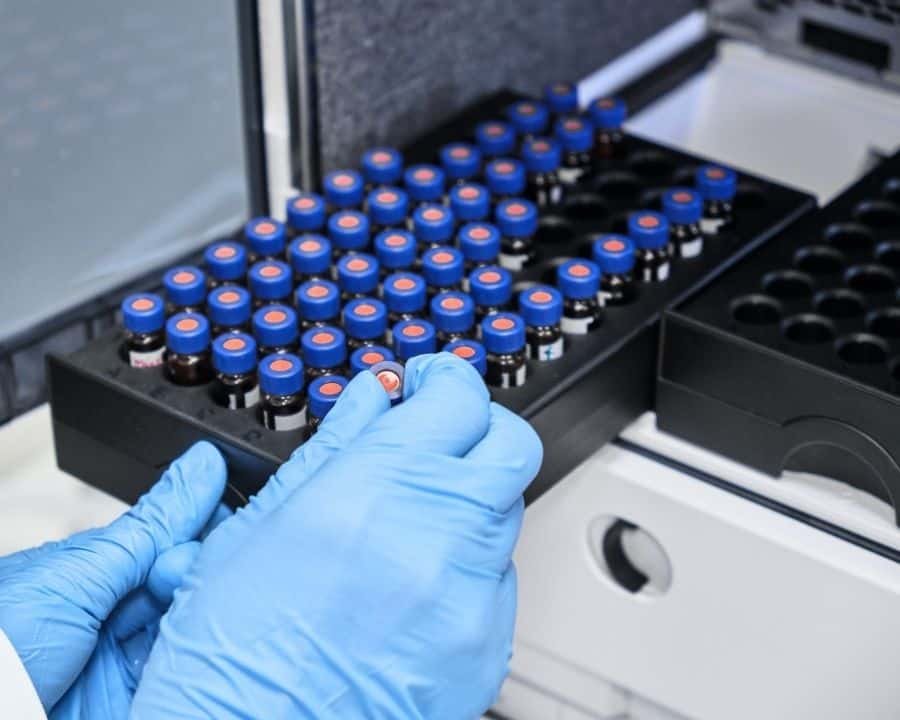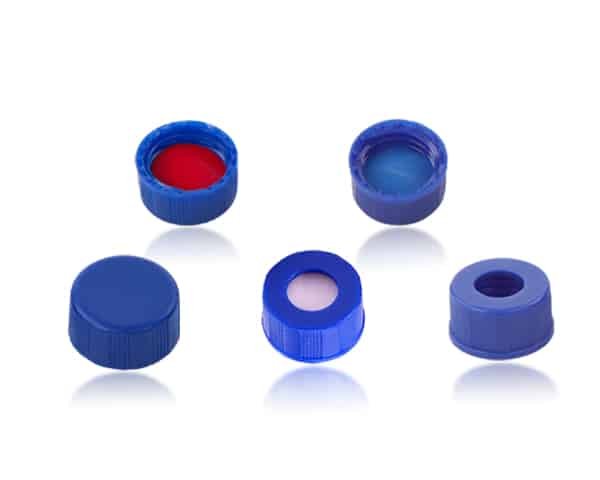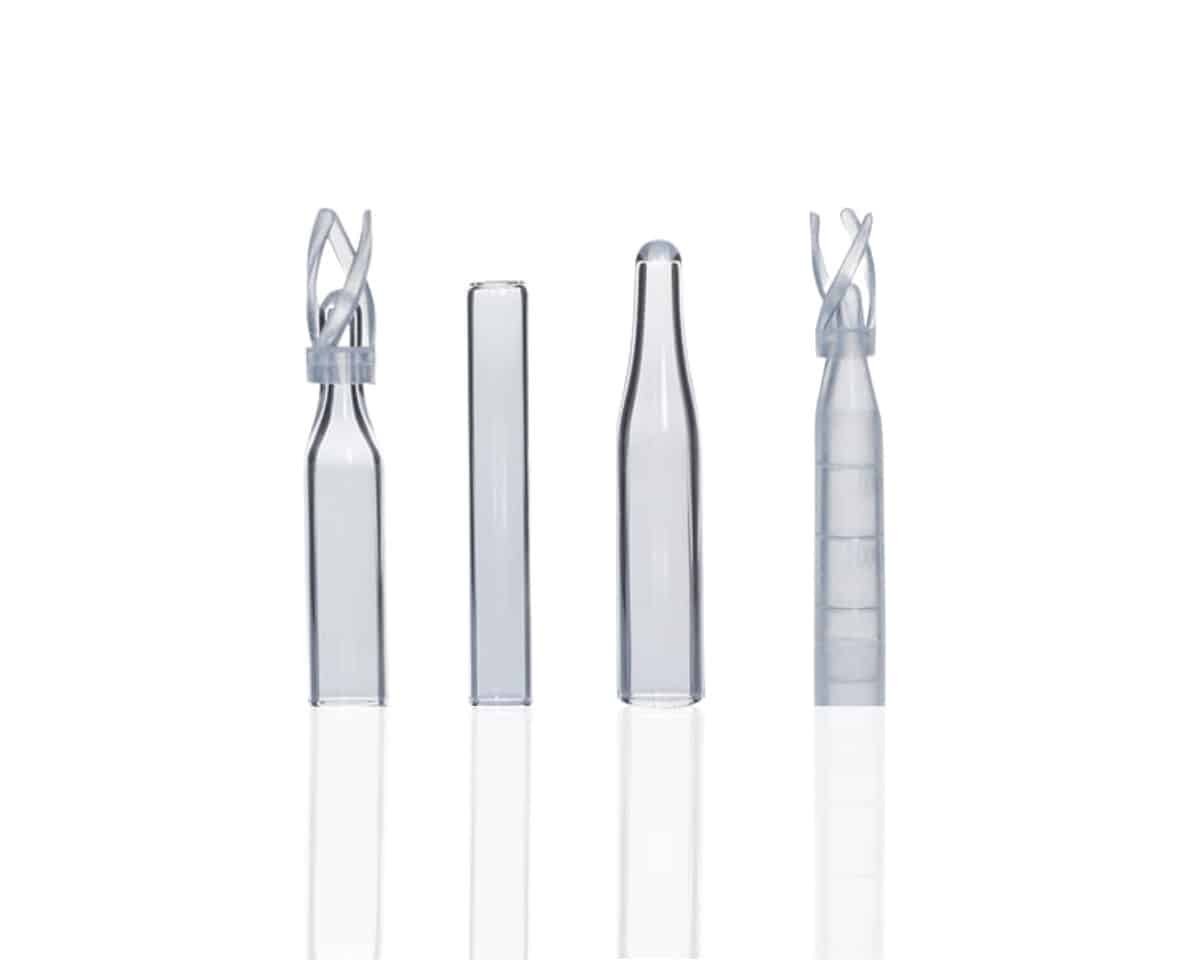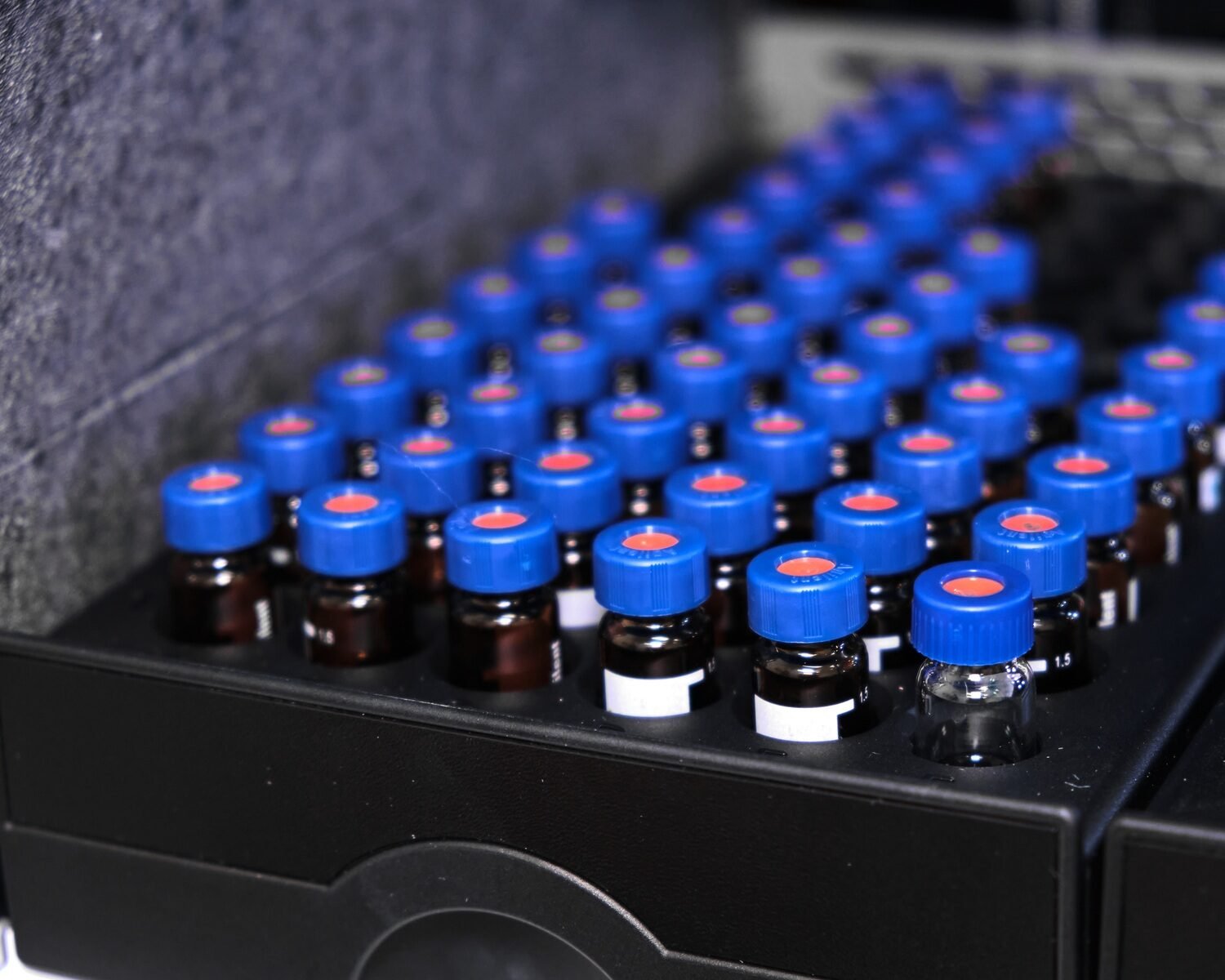I wonder how many people imagine HPLC analysis as having practical applications to our daily lives. I remember students asking what’s the use of a complex mathematical equation.
Scientists can use HPLC for pure research. Still, it can also contribute to society more tangibly.
Nutrient testing is one of its purposes. It may be in preparation for mass production or as early as the research phase related to food fortification. It can also determine if samples contain toxins or contamination. Certification of organic food and policy compliance requires trustworthy HPLC.
The following sections discuss the practical applications of HPLC in detail.

Nutrient Testing
Food Nutrition Labels
I find HPLC vital since it has proved helpful in analyzing food additives and nutrients composition. It helps identify which and what amount of vitamins are available, the antioxidants, amino acids, etc.
The application is not only about human food consumption, though. You might be surprised to know that more than a third of harvested crops go to the animal industry as feed. Vox has highlighted that this is a controversial topic.
Science has proven HPLC’s enormous and beneficial contribution to nutrient testing. Several food production companies worldwide use food additives in their products. The reason could be consumer safety, savings, or taste improvement. Regulatory agencies must scrutinize these products. According to a scientific paper, HPLC is used for animal nutrition analysis. The European Union is particular about the methods used to determine feed additives.
Different consumable goods have this packaging that includes “nutrition facts.” Nutritional labeling has been an essential part of processed foods since the early 1990s. The HPLC technique checks the different components present in food. It can provide high sensitivity and selectivity in testing.
Carbohydrate is one of the major components found in foods and beverages. Various sugar, oligosaccharides, and polysaccharides add up to the sweetness.
The HPLC technique also serves as a versatile procedure to analyze nutritional parameters. Examples are vitamins, minerals, carbohydrates, proteins, cholesterol, and energy. Manufacturers must include them at the back of food labels.
Your pet also stands to benefit from this. Here’s a fun fact. The pet industry thrives because of the specificity of ingredients that manufacturers add or do not in a given pellet, flakes, conditioners, you name it.
Food Fortification
All over the world, countries have different mandates for food fortification. I think the results of this are always uncertain. We can know for sure, thanks to the application of HPLC.
When handlers process food, this causes the loss of some essential nutrients that were once available in the raw resource. It could be due to heat treatment or any process somewhere in the supply chain. Several countries have allowed the fortification of food to compensate. It is required or recommended for manufacturers to develop an enriched version of their products.

“HPLC has a role in testing the nutrients included in genetically modified crops.”
Screening of Genetically Modified Crops
The improvement generated by several biotechnology companies has also helped food production and agriculture. The introduction of GMC or genetically modified crops in the markets changed the course of food production. HPLC has a role in testing the nutrients included in genetically modified crops.
During the modification of some crops, the composition is also altered. Using the HPLC can help analyze these missing or deducted nutritional ingredients. People need to know what popped up in there. HPLC can be useful in detecting changes in the chemical components, such as fatty acids or triglycerides.
GM crops are needed to meet consumer demand more than ever. Climate change also gives producers more reasons to do so. GM research has its fair share of opposition, and HPLC would continue to play a role in verifying chemical alterations in crops. It would give light to these artificial crops’ real benefits or downsides.
Toxin Screening
Aflatoxins
HPLC is critical in toxin detection and subsequent screening as toxins can be fatal. Lack of toxin screening can lead to severe disorders or even death. Hence, I feel HPLC is a technology that has helped reduce fatalities and cut losses.
One of the significant contributions of the HPLC method in terms of toxic screening is the detection of aflatoxins. These mycotoxins can be mixed in food. They are dangerous to people when consumed, and are also carcinogenic. HPLC can effectively detect aflatoxins from different food sources such as cereal seeds, peanuts, cinnamon, etc. during testing.
Bioaccumulation due to pollution
Most of the raw resources come from farms and aquafarms located around the globe. Still, I think this does not make every product free from harmful pollutants that come from the environment surrounding it. Water and land pollution are the main reasons why bioaccumulation happens. HPLC has better selectivity, allowing toxic compounds or substances to be detected from the food products.
Contamination naturally occurs alongside industries such as agriculture, manufacturing, and mining. In short, it happens everywhere. Ensuring the safety of communities and wildlife requires constant monitoring, and HPLC is one way to secure it. Since it has a high sensitivity, a disaster could be averted and immediately remedied through early detection.
Pesticide Testing
Certification of Organic Food
Certifying bodies use technology in the detection of pesticide residue in consumable foodstuff. Apart from this, I can also highlight the significance of HPLC as it aids in the execution of accurate food component quantities and establishes a regulatory control.
Certification does not depend on an honor system but rather on rigorous testing. In reality, organic food cannot be 100 percent free from pesticides. There may be a very small threshold to meet the standard which HPLC can reliably detect.
Compliance with Pesticide Residue Limits
Depending on where you live globally, your food may be full of pesticides, with no pesticide, or somewhere in between. The fast-paced era we live in today also prompts things around to have easy and rapid returns. I’m trying to say here that even the food we eat is not as natural as we think.
HPLC plays a vital role in analyzing the products we consume because of producers’ actions to better the crops and livestock. Farmers have been using pesticides to protect their crops since ancient times. Later on, we recognized this as disgusting since dangerous chemicals had been used.
The world has been producing more than ever. Anything mass-produced is almost guaranteed to be treated with pesticides. That fact does not mean that any chemical will do. Governments continue to study, monitor, and ban specific chemicals. Global trade will continue to impose restrictions.
Checking of banned pesticides
As I mentioned, food analysis also detects these harmful agrochemicals used by raw food producers. Results in HPLC are beneficial to decide if banning a pesticide is necessary. The analysis also works the other way around to detect the illegal use of such chemicals. This is because the result of the analytical method is highly accurate. In order to produce high-quality products, it is essential to ensure that crops are free of contaminants and are valuable to the health of their consumers.
World Health Organization (WHO) encourages that genotoxic pesticides not be made available for usage since they can damage DNA. Those can result in some deadly and risky illnesses like cancer. Pesticide residue analysis is a statutory step in food processing. Certain chemicals are being phased out once negative health effects are documented. In the future, more pesticides will be banned. Before then, health-conscious countries will actively avoid them.

Analysis of Food Additives
Banned Food Additives
Upon conducting concerted research on HPLC, I find it a suitable approach for analyzing any contaminants or food additives that might be harmful.
Food manufacturers use food analysis by HPLC to ensure the removal and separation of huge quantities of harmful food additives and contaminants. According to a study, the low-cost HPLC testing with the PLS-2 and PCR algorithm is sensitive and accurate, and I think it can help a lot when investigating food additives.
Melamine contamination is common in pet food and dairy products. Even though regulatory agencies do not approve it for consumption in the first place, it must be necessary to conduct an HPLC analysis to check for unscrupulous manufacturers.
Human Safety
I want to stress out also that various HLPC analysis of some food additives shows that some people show an adverse reaction when they consume them. Tartrazine which is used as food coloring, causes many reactions in several people. They show symptoms like asthma, atopic dermatitis, and many more.
Food additives are not limited to food colorings, though. Performing HPLC can help in the detection of anything synthetic. Consumer groups also rely on laboratory tests to check food products for nasty chemicals.
To have an idea, check this extensive list of food additives. It is impossible not to encounter even one of them throughout your life. They are definitely “additives” that can be unnecessary or something that humans have become dependent on.
Conclusion
I cannot stress enough the significance of HPLC in food production. It is a modern form of technology, but I know that it will continue to evolve along with scientific needs.
We at Mastelf support the technology through our high-quality products. Send us a quick message for consultation, and we will gladly assist you.











